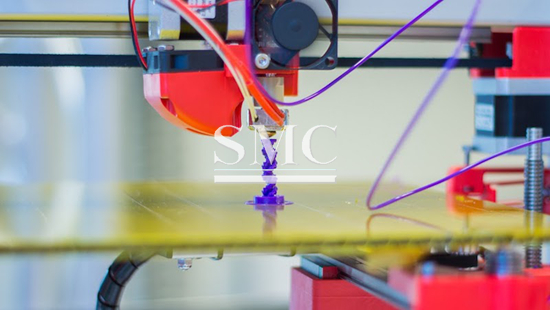Notice: Undefined index: sith_hide_share in /www/sites/alloy.wiki/index/wp-content/themes/likegoogle/single.php on line 32
Deprecated: get_settings is deprecated since version 2.1.0! Use get_option() instead. in /www/sites/alloy.wiki/index/wp-includes/functions.php on line 4862
3D Printing Metamaterials
Direct ink writing (DIW), is 3D printing process that allows for the manufacture of ordered, porous structures using a layer-by-layer method, where the mechanical behavior of the material is controlled by the printed architecture and the properties it contains. DIW allows materials to be built up and tunneled using the 3D technology. It is often done to increase a materials hierarchical porosity, make them more lightweight, and introduce a greater functionality to the material. A team of researchers in the United States of America have now used this process to make property-specific specially designed silicon metamaterials to be tuned with fine tuned behavioral properties.

These hierarchies in the 3D metamaterials are created by the combination of a printed structural porosity and intrastand porosity. This is achieved by adding hollow, gas filled microspheres into the ink. However, other materials such as shape memory polymers are also being added to offer a wider application potential. Materials such as ceramics and metals are currently being fine tuned with hierarchical lattice structures using this new production method.
In order to produce these materials, researchers extrude viscoelastic inks that have highly controlled rheological behaviors, through a micro scale nozzle. The layer-by-layer construction is programmable and can control the strand size and the the spanning distance between layers. The researchers selected intrastrand porosity, controlled by the applied pressure, die geometry, and rheological response of the material. They used a silicon based ink composed of polymeric shell, gas filled microspheres, and micro balloons. This resulted in a silicon based ink with a polymeric shell. The process of the printing itself was done using a displacement controlled 3-axis 3D printing platform. This allowed for cross-ply structures to be created with each layer being perpendicular to the last. This is desired by researchers to increase stability and function.
By using these materials in this printing process researchers found that shape memory can be achieved in 3D prints. This is accredited to the re-expansion of the micro balloons when heated above the glass transition temperature. If these materials continue to advance there is a great potential for them to be used in everyday use applications such as wearable protective padding and cushions that can use the temperature of a human body to invoke a recovery response.
Shanghai Metal Corporation is a trusted aluminum alloy, aluminum foil price, stainless steel price and stainless steel manufacturer, kinds of stainless steel in china.
Guest contributors are welcome at the Alloy Wiki.It is a weekly wiki and guide on alloy information and processing technology, while also about the vast array of opportunities that are present in manufacturing. Our team of writers consists of a Machining Material Supplier / Machinist / Tool and Die Maker, a Biomedical Engineer / Product Development Engineer, a Job Development Coordinator / Adjunct Professor, and a President and CEO of a manufacturing facility.
Link to this article:3D Printing Metamaterials
Reprint Statement: If there are no special instructions, all articles on this site are original. Please indicate the source for reprinting:Alloy Wiki,thanks!^^


